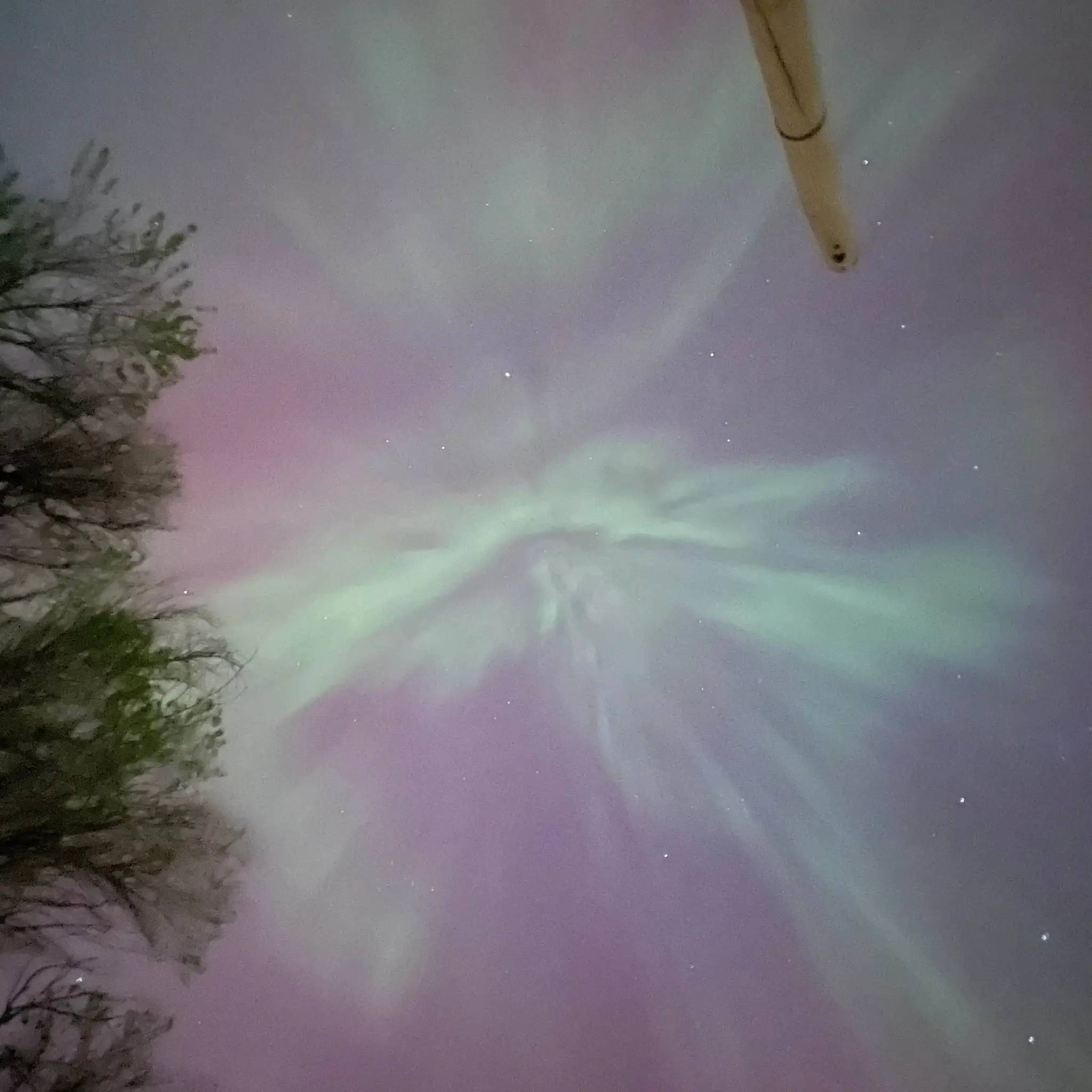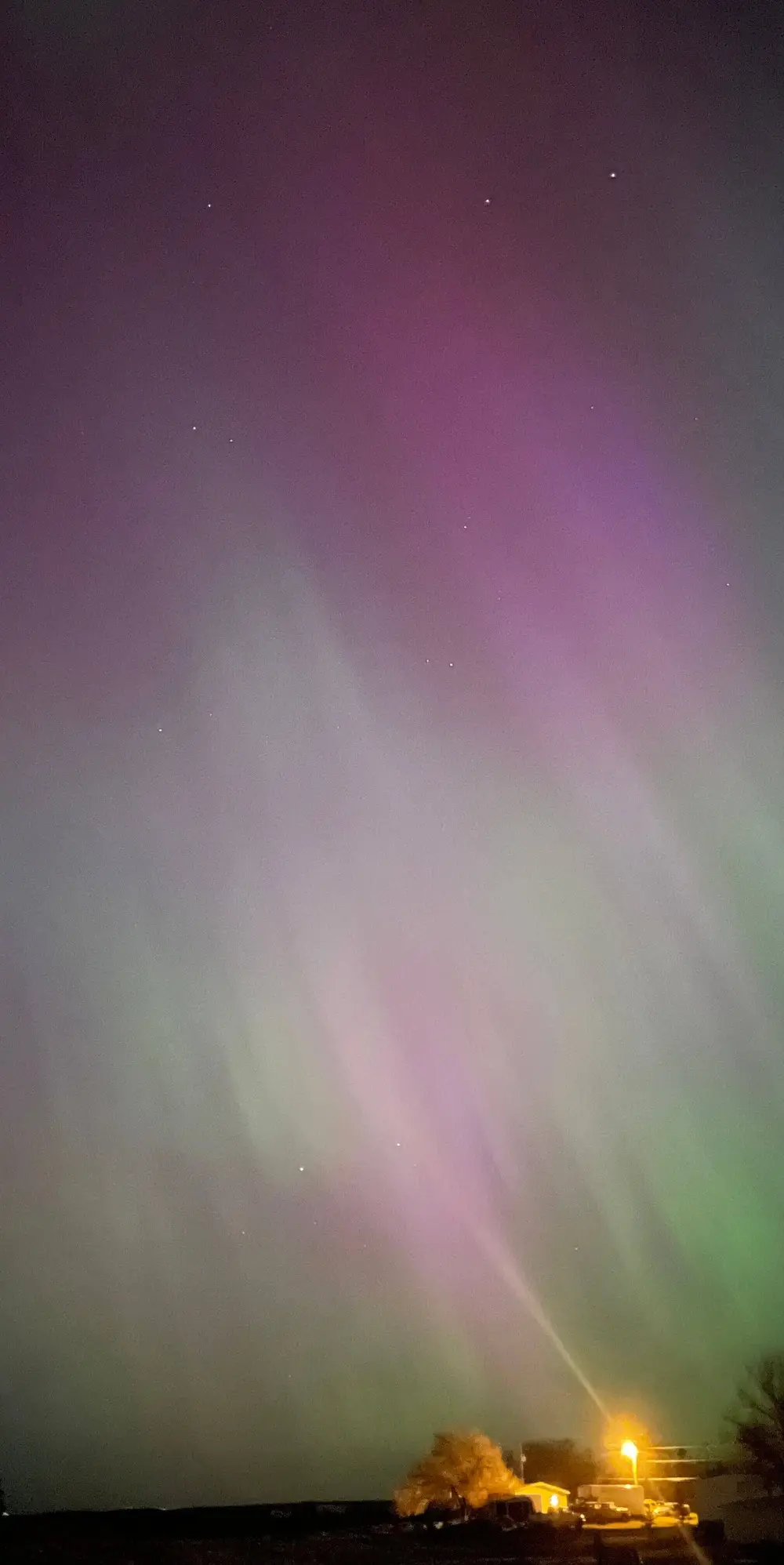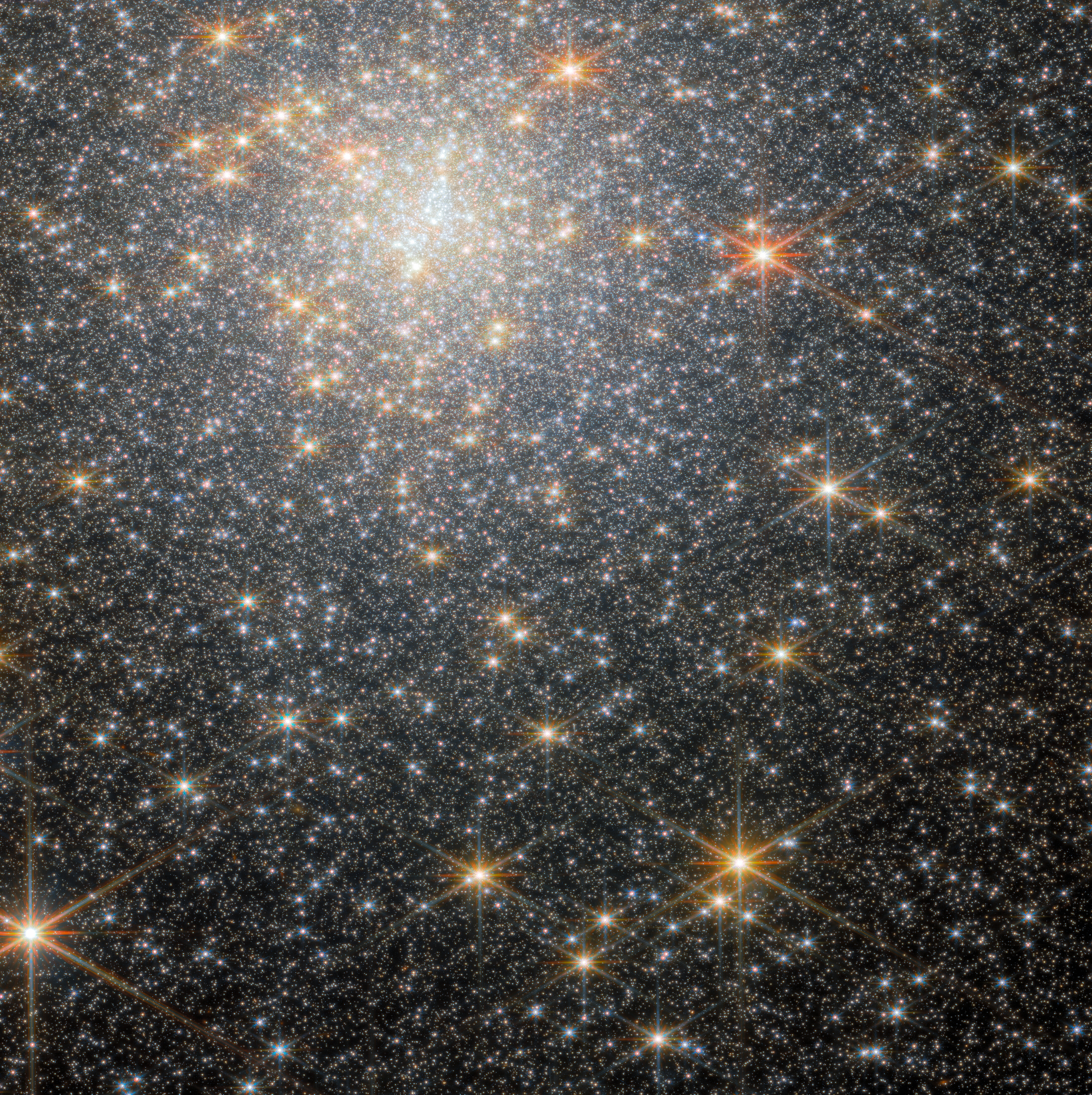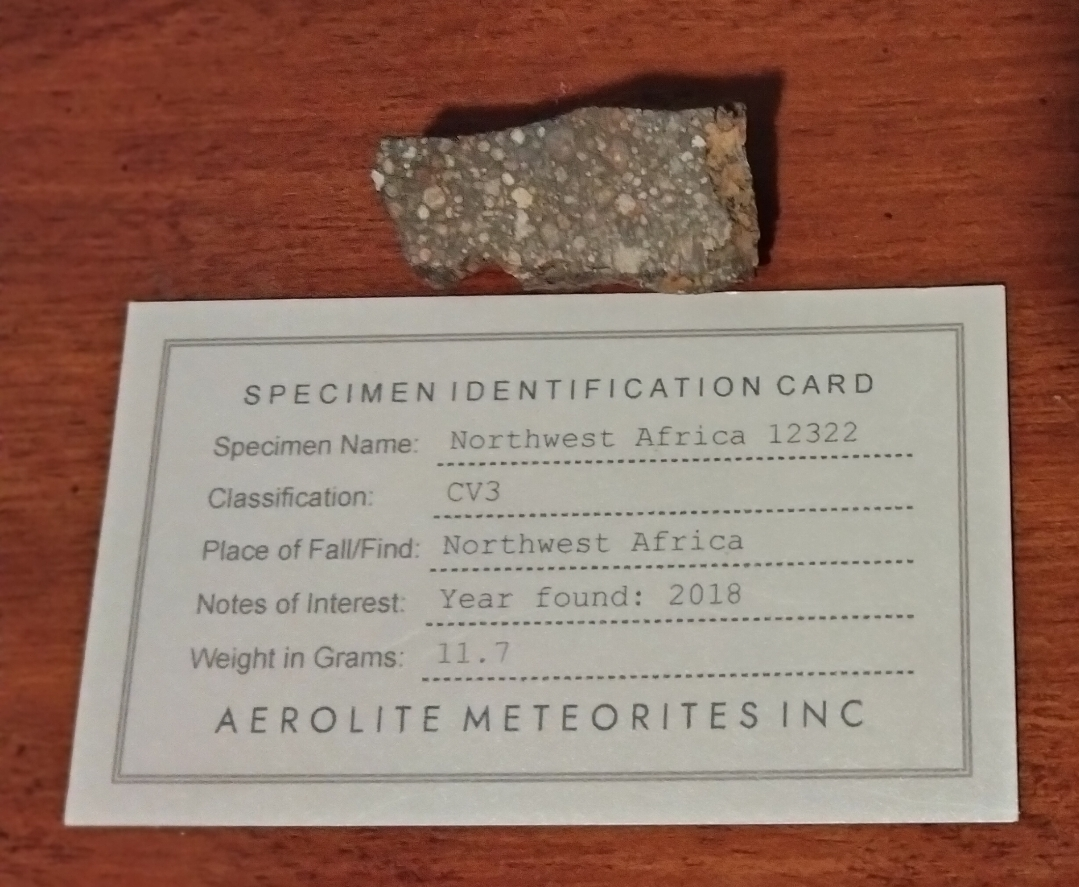Space
7288 readers
2 users here now
News and findings about our cosmos.
Subcommunity of Science
This community's icon was made by Aaron Schneider, under the CC-BY-NC-SA 4.0 license.
founded 2 years ago
MODERATORS
51
52
53
54
55
56
57
58
59
60
61
62
63
64
65
66
244
James Webb telescope confirms there is something seriously wrong with our understanding of the universe
(www.livescience.com)
67
68
69
70
71
72
73
74
20
RocketStar Announces Successful Demonstration of Fusion-Enhanced Pulsed Plasma Electric Propulsion
(www.globenewswire.com)
75











